
Ink & Pixel is a source of pride and joy for me as a writer and as such, I’m always striving to take this column further for those who read and enjoy it. If you yourself, or anyone you know, helped to make any of the amazing feature animated films found within this column, I would love to talk to you to further my knowledge. Please contact me at [email protected] so we can discuss it further.
Look! Up in the sky! It’s a bird … it’s a plane … no, it’s Superman! Standing for truth, justice, and the American way – all the while wearing his iconic, blue tights and fire engine red boots – Superman is a symbol that represents so much more than just some character from the pages of a comic book. To many he’s the apotheosis of hope, a 75 year-old institution. He’s a man with a will made of steel and a representation of righteousness made flesh.
However, before Superman was leaping tall buildings in a single bound on the silver screen, he enjoyed a much more animated career as the star of his own cartoon show courtesy of Max Fleischer and Paramount Pictures Corporation. It’s my pleasure to share with you the early days of Superman’s animated career in this week’s Ink & Pixel.

For those of you who are not familiar with his origins, Superman was created by writer Jerry Siegel and artist Joe Shuster in the year 1933. The character was later sold to the Detective Comics company (you know them now as DC Comics) in the year 1938, and soon became the featured character of an on-going title called Action Comics. With an enormous number of appearances relating to serialized radio broadcasts, television shows, films, comic strips, and much more, Superman had steadily became one of the most popular and recognizable icons in Pop Culture history.

Superman was born under the name Kal-El, and – mere moments before their home planet, Krypton, shattered into millions of pieces – was rocketed down to Earth by his scientist father Jor-El. Shortly thereafter, Kal-El’s protective vessel crash landed in the state of Kansas amidst the tilled fields of Kent Farm. Upon discovery by Jonathan and Martha Kent, Kal-El was taken in and adopted as one of their own and given the name Clark. As the years came to pass, Clark began to display superhuman-like abilities. At first, Clark chose to hide his powers from the rest of the world, but upon realizing that the world needed him, Clark became more than just a man. He became Superman.

Now, let’s pretend that Superman just flew around the world, causing time to move backward, (so ridiculous), until we’re back in September of 1941. This was the time when Max Fleischer’s SUPERMAN had foiled his first nefarious plot, courtesy of The Mad Scientist (voiced by Jack Mercer). It’s strange to think about it, but the idea for Superman and heroes like him actually goes back more than 60,000 years to a time when the aborigines of Australia were telling stories on the walls of dark, dank caves. Many of pictures scrawled onto their walls depicted stories of heroes, and of bravery – the very ingredients you’d find in a recipe for a character such as Superman. It’s these stories that transform the most fantastic of humankind’s desires into adventures that every man, woman, and child loves to imagine. Whether it be for glory, romance, or escapism, the idea of Superman began several millennia ago.

The Fleischer & Famous Superman cartoons were part of a two season run that contained a total of seventeen animated Technicolor short films. The pilot episode, as well as the first eight cartoon shorts, were produced by Fleischer Studios from the years 1941 to 1942. Fleischer Studios was an animation house that got its start as Inkwell Studios (or Out of the Inkwell Films). Located at 1600 Broadway, New York City, New York – the company was founded and operated by brothers Max and Dave Fleischer until Paramount Pictures asked them to resign due to a significant amount of debt (brought on by the cost of their lesser known projects – as well as other, more personal matters). As it stood, Fleischer Studios was the only studio in the animation game that was considered a threat to Walt Disney Productions. It’s hard to imagine, but you must remember that back then characters such as Betty Boop, Koko the Clown, and Popeye were exceedingly popular and very nearly dominated the animated market.

The remaining eight episodes of the series were produced by Famous Studios – a successor to Fleischer Studios in the latter part of 1942. Part of what made SUPERMAN so unique was its hard, dramatic approach to the source material, a trait not particularly found in animation at the time. Many of the cartoons featured back in the 1940’s were designed with the intent of bringing not much more than laughter to its audiences. However, SUPERMAN proved that with the right lighting, voice work, musical score, and script, that animation was capable of delivering so much more than just sight gags and goofy sound effects.

Part of the spectacle that was Fleischer’s SUPERMAN was the limited use of Rotoscoping to bring the animation to life. Rotoscoping is an animation technique in which animators trace over footage, frame by frame, for use in live-action and animated films. Rotoscoping helped lend a degree of realism to the SUPERMAN cartoons that some would say was instrumental in the cartoons success due to it gave the animation a much more “approachable” quality for those not used to seeing such high drama through the medium.

As beneficial to the creation of SUPERMAN as it was, Rotoscopy could not be used for many of Superman’s more heroic actions such as flying, lifting of large objects, or choreographing complicated fight sequences. To compliment the Rotoscope animation the artists and animators that worked on the show were forced to rely heavily on their training in the department of Figure Drawing. Perhaps the most difficult aspect about this part of the animation process was learning to draw Superman “on model” (meaning that his iconic look remain consistent throughout each frame)within each and every scene. With the character already being so recognizable by the public it would have been pretty embarrassing if in several frames he appears more like Bizarro than anyone else.

One of my favorite tidbits regarding Fleischer’s SUPERMAN was that the show featured the voices of Bud Collyer as Superman and Joan Alexander as the voice of Lois Lane. Both of these actors were the stars of the serialized Superman radio show that included music by Sammy Timberg,a long-time friend and collaborator of the Fleischer’s animation company. As someone who has heard an episode or two of the radio show, the decision to cast these two actors was a no-brainer. It’s the sort of move that demonstrates the show’s attention toward its authenticity and iconic value. Because of this continuity, SUPERMAN was a tried and true visual representation of those adventures first heard through the radio waves; making it quite the thrill for the character’s already established fan base.

It’s strange to think that at one point Max and Dave Fleischer were reluctant to commit themselves to the SUPERMAN series. You see, at the time they were in the middle of producing their second major film project entitled Mister Bug Goes to Town, and were fearful that if they spread themselves too thin that the quality of both Mister Bug and SUPERMAN would suffer as a result. So the brothers Fleischer tried to dissuade Paramount Pictures by quoting them an extraordinarily high price for the cost of each SUPERMAN cartoon to the tune of $100,000 per episode. To their surprise Paramount remained intent on creating the series and negotiated the Fleischer’s down to $50,000 for the first episode and $30,000 for each additional one– which was still twice the cost of a typical 6-minute animated short.

The Fleischer SUPERMAN cartoons are recognized by many animation historians as being one of the finest examples of cartoon production during The Golden Age of American animation to this day. If you’re lucky enough to get your hands on a copy of Max Fleischer’s SUPERMAN, I’m certain that you’d be pretty surprised at how well the show holds up after all these years. The animation is flawless, the color palette inspiring, and all of the aspects that make Superman one of the most iconic and heroic figures in our entertainment history are there for you to enjoy. Mark my words, SUPERMAN goes above and beyond showcasing the very best of what the character has to offer and will stand the test of time… He’s faster than a speeding bullet, more powerful than a locomotive, able to leap tall buildings in single bound … he’s Superman.


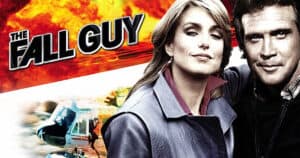
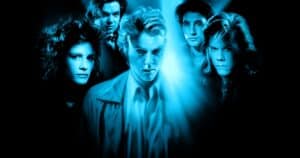
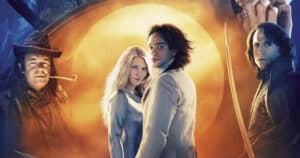


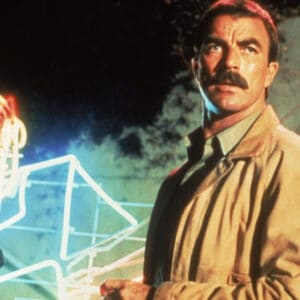
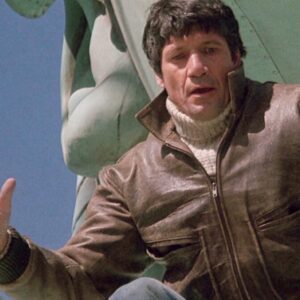
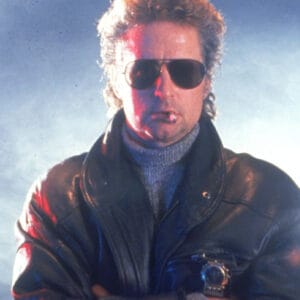

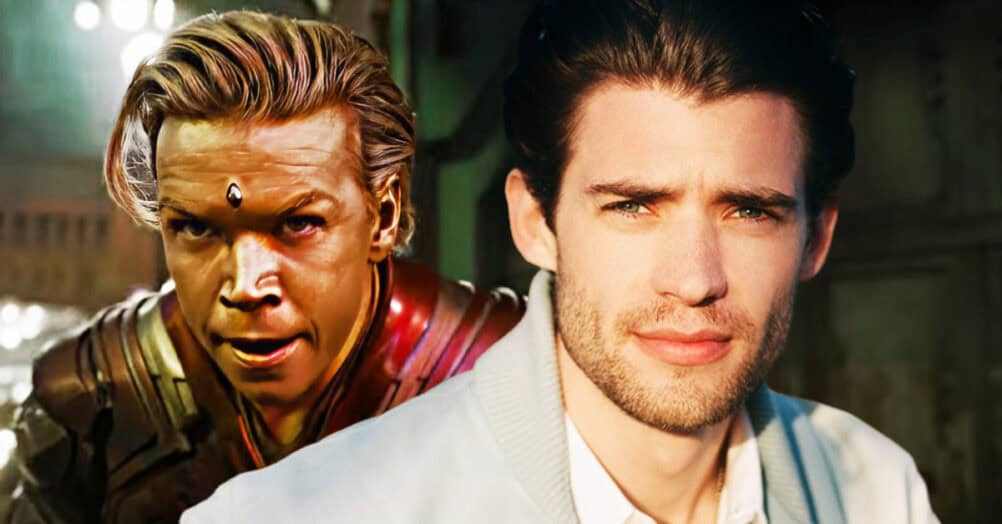


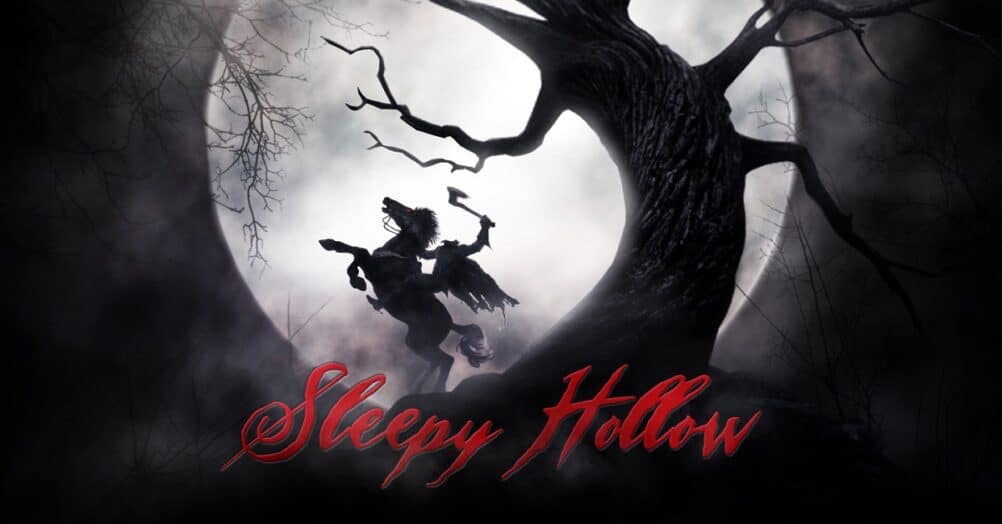
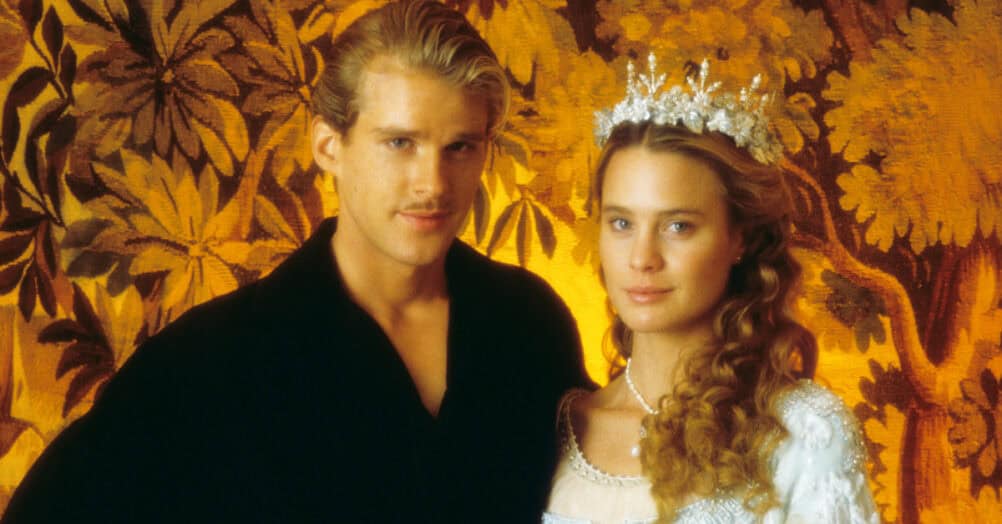


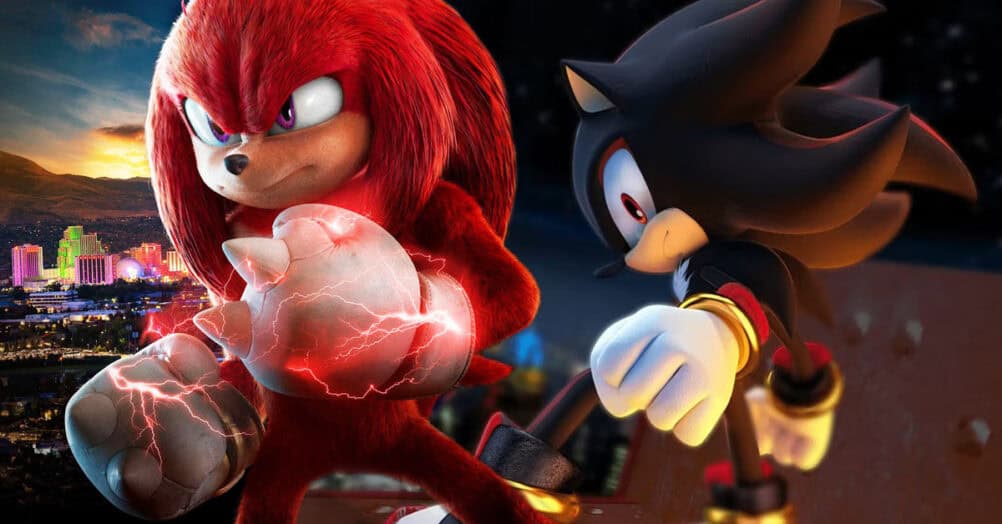
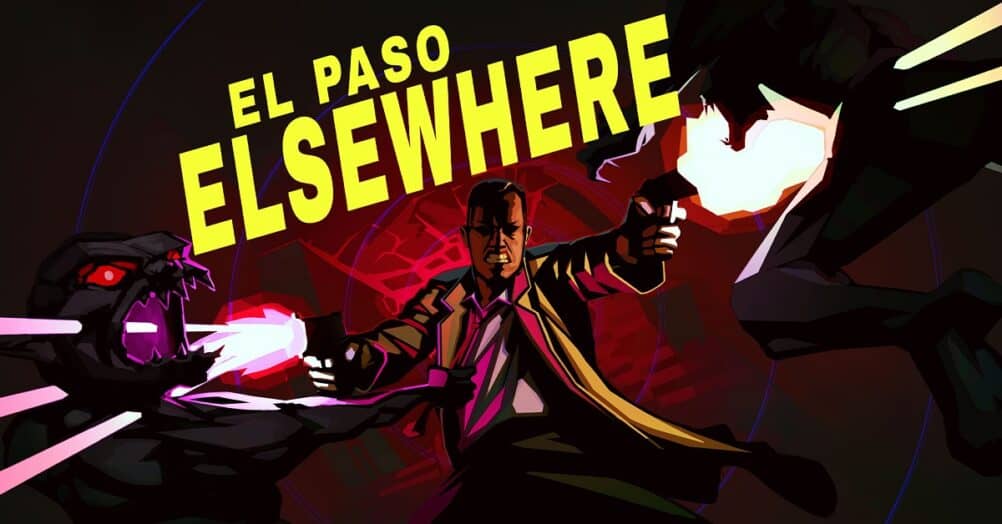
Follow the JOBLO MOVIE NETWORK
Follow us on YOUTUBE
Follow ARROW IN THE HEAD
Follow AITH on YOUTUBE